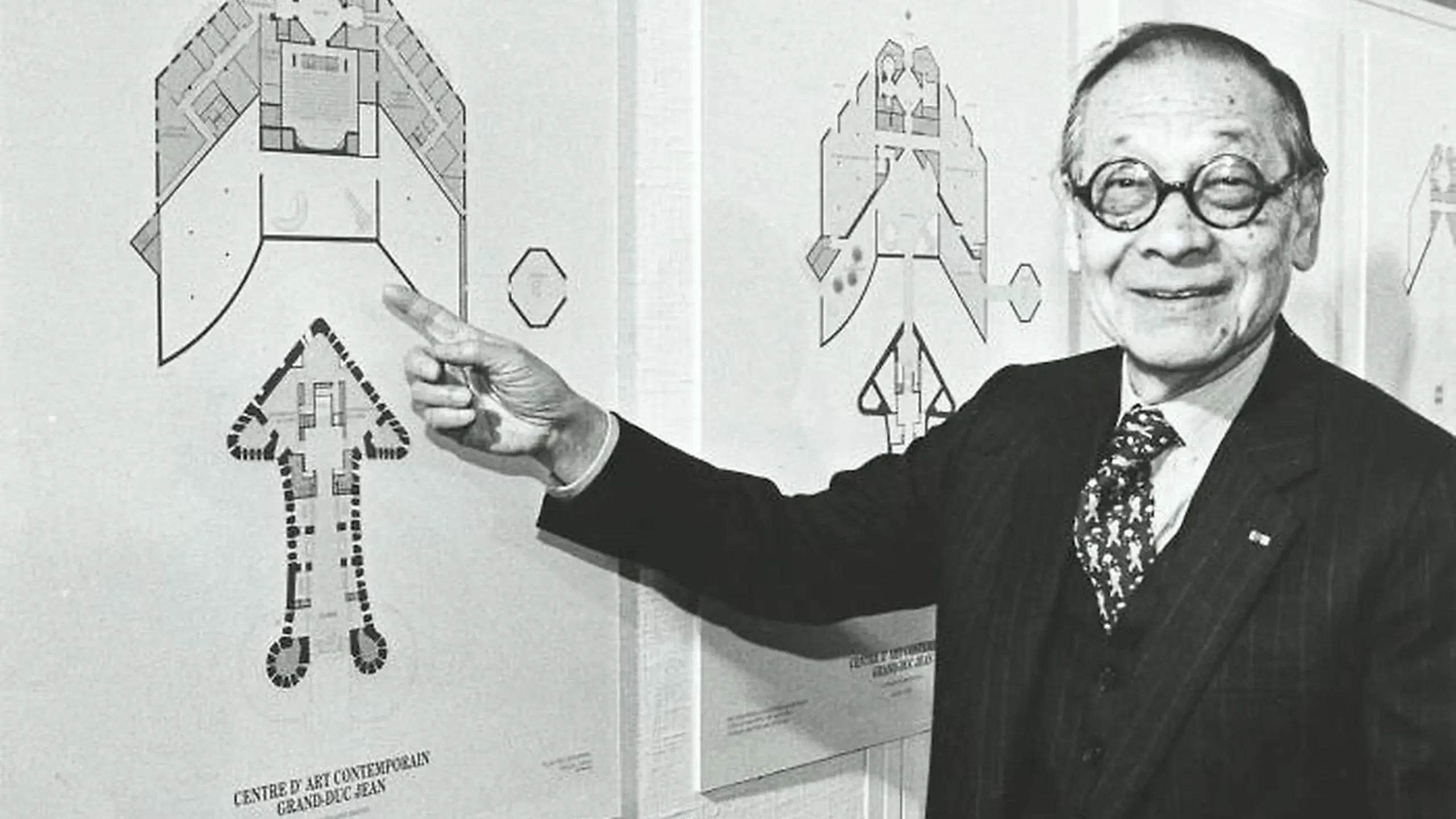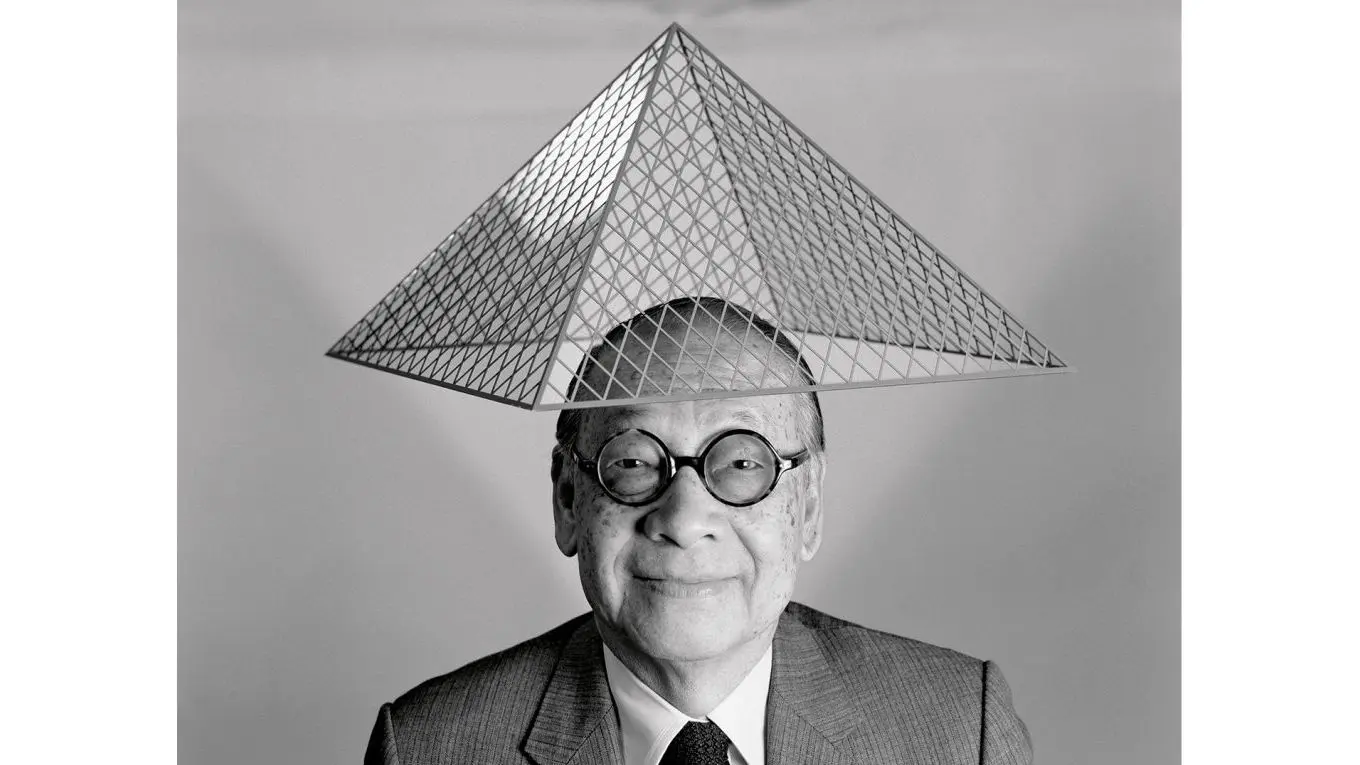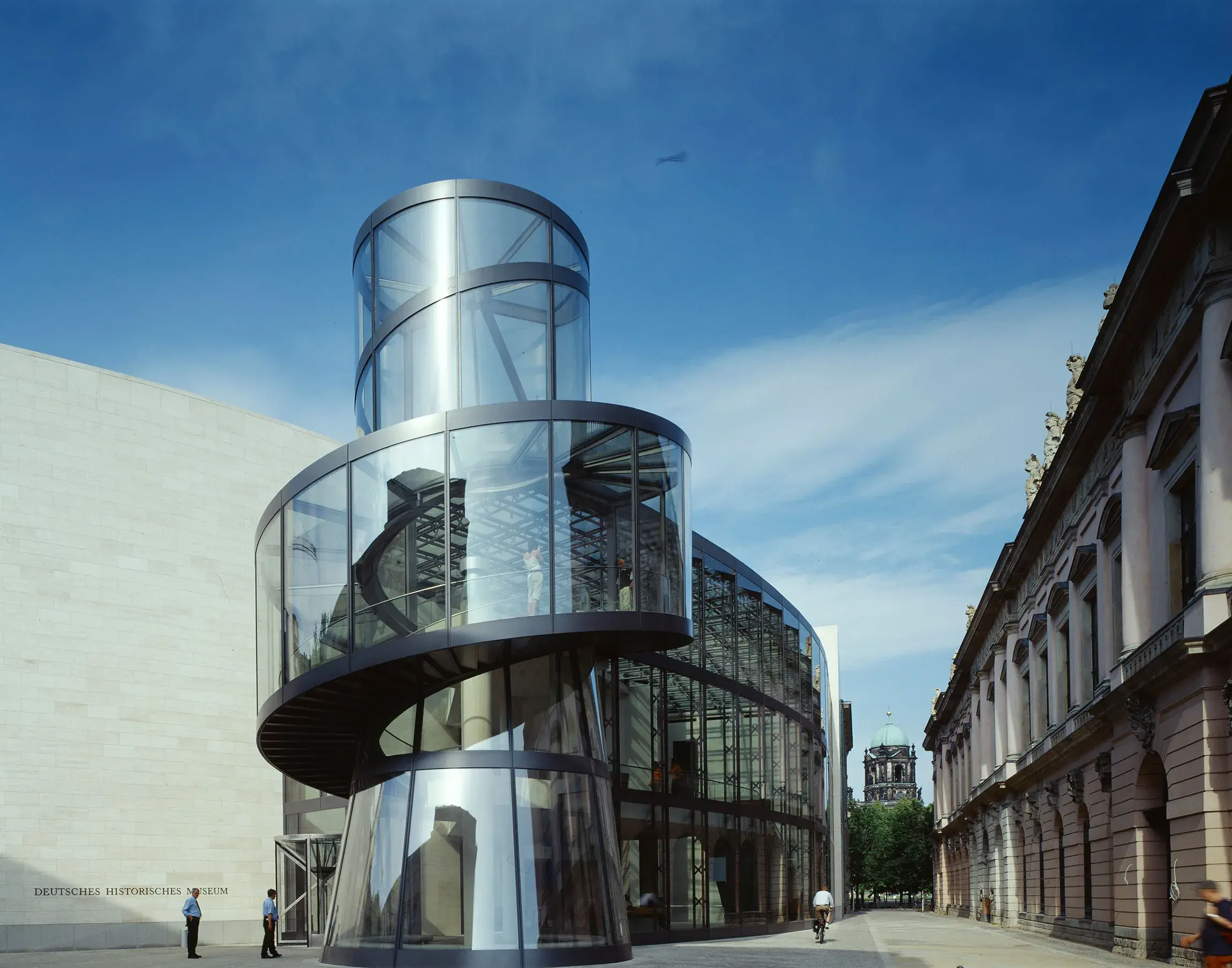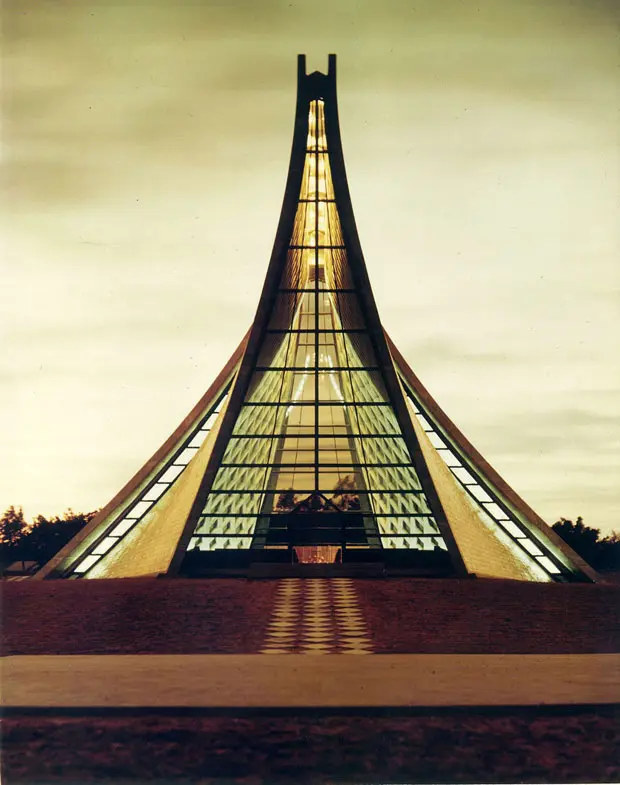I. M. Pei is one of the most influential architects of the 20th century, celebrated for his ability to merge modernist precision with timeless elegance. His buildings are recognisable for their geometric purity, clean lines, and harmonious balance of materials—particularly glass, concrete, and stone.
Artistic Philosophy
Pei believed architecture should honour its environment, its history, and its people. He championed a modernism rooted in clarity—structures that are legible, human-scaled, and luminous. Pei’s work reflects his belief in integrity: of form, of detail, and of purpose.
Signature Work
Perhaps most iconic is the glass pyramid at the Louvre Museum in Paris—at once futuristic and respectfully historic. Other notable works include the Bank of China Tower in Hong Kong and the Museum of Islamic Art in Doha. Across continents, Pei created architecture that feels both grounded and aspirational.
Process
Pei’s process began with context. He studied a site’s cultural, historical, and physical conditions before designing. His drawings were precise; his collaborations, methodical. Yet there’s a surprising softness to his forms—an attention to light, space, and feeling.
Why His Work Matters
I. M. Pei’s legacy lies not just in what he built, but in how he built. He proved that modernism need not be cold. That simplicity can carry soul. And that in the right hands, glass can hold memory.






